Introduction: Why You Should Ask Before You Buy
Adding a gazebo to your backyard is more than just a design decision—it’s a lifestyle choice. Whether you're creating a relaxing outdoor retreat or a place to host weekend BBQs, the right gazebo can dramatically enhance your living space. But how do you ensure you're picking the right one?
Here are eight key questions every homeowner should ask before making the leap, designed to help you find a structure that fits your space, meets your needs, and complements your home for years to come.
1. What Is the Ideal Gazebo Size for My Yard?
Size matters—especially when it comes to installing a structure in your yard. Choosing the right gazebo size depends on your backyard dimensions, planned usage, and zoning allowances.
If your space is limited, consider a compact gazebo for deck installations. These smaller options still offer shelter and charm without overwhelming your outdoor area. On the other hand, larger yards can comfortably accommodate structures 12x12 or larger, ideal for dining tables, loungers, or even a hot tub.
Measure your available space carefully and leave enough room around the gazebo for walking paths, plants, or additional seating.
2. What Is the Best Material for Gazebo Durability?
Not all gazebos are created equal, especially when it comes to materials. You’ll want to consider the best material for gazebo frames and roofs based on your local climate, maintenance preferences, and aesthetic goals.
Wood offers a natural, classic look but requires regular maintenance to prevent rot or insect damage.
Aluminum and steel provide durability with low maintenance, especially when powder-coated for rust resistance.
Vinyl is another low-maintenance option but might not offer the same structural strength as metal.
Think long-term. Investing in durable materials up front can save you time and money on repairs or replacements later.
3. Should I Choose a Gazebo or Pergola?
The age-old debate: gazebo or pergola? Both have their advantages, but the decision boils down to function and style.
A gazebo features a solid roof and often includes built-in mosquito netting or curtains for full shelter and privacy.
A pergola typically has an open roof or slatted structure, perfect for climbing plants or partial shade.
If your goal is weather protection and versatility, go with a gazebo. If you’re aiming for a light, open-air aesthetic, a pergola might be the better match. Some homeowners even opt to install both for different zones in their outdoor space.
4. Is the Gazebo Intended for Seasonal or Year-Round Use?
If you're living in an area with extreme weather, this question is crucial. Seasonal gazebos—typically pop-up or fabric models—are great for temporary use and portability, while permanent gazebos with metal or wooden frames are designed to endure seasonal changes.
If you want a year-round space for dining, working, or relaxing, invest in a weather-resistant model and add features like a snow-load rated roof or wind vents. For milder climates, a lightweight, semi-permanent structure may do just fine.
5. Where Will the Gazebo Be Installed?
Location plays a critical role in the success of your gazebo installation. Ask yourself:
Do you want the gazebo as a centerpiece in your yard?
Will it be used to cover a hot tub or fire pit?
Is your deck strong enough to support a gazebo for deck?
Also, check for underground utilities before installing. A level, well-drained area is ideal, especially if you plan to anchor your gazebo permanently.
6. What Kind of Roof Style Best Fits My Needs?
A gazebo's roof isn’t just decorative—it affects ventilation, shade, and protection. Consider the following styles:
Single-tier roofs are simple and elegant, good for mild weather areas.
Double-tier roofs (or ventilated roofs) allow hot air to escape, perfect for warmer climates.
Dome or curved roofs offer a modern twist and superior rain runoff.
Also consider how the roof pairs with your home’s design. A traditional shingled gazebo might suit a colonial-style home, while a sleek metal roof complements modern architecture.
7. How Complicated Is the Gazebo Installation?
Gazebo installation can range from a simple weekend DIY project to a complex build requiring professional help. Before purchasing, review:
Whether it comes as a kit with pre-drilled holes and labeled parts
The tools required and level of construction skill needed
The estimated time for installation
If the task feels overwhelming, you can hire professional installers—many retailers offer this service. If you're DIY-inclined, choose a model designed for easier assembly.
8. What Accessories Will You Want to Add?
Think ahead. Once the gazebo is installed, how do you plan to use it?
Will you need lighting, fans, or curtains?
Do you want to incorporate heaters for winter or misters for summer?
Will it support a hanging swing or hammock?
Considering these extras early on can influence your material choices and whether you need electrical wiring or reinforcement during the gazebo installation process.
Final Thoughts: Make an Informed Choice
A gazebo is more than just a backyard addition—it’s an extension of your home, a place for connection, and an investment in your lifestyle. By asking these eight key questions, you’re setting yourself up for a smarter, more satisfying purchase.
Whether you opt for a compact gazebo for deck, explore modern pergola alternatives, or choose the best material for gazebo longevity, your decision should reflect your personal needs, your environment, and your long-term goals.
Need Help Choosing the Perfect Gazebo?
Explore Sunjoy’s wide range of stylish, durable gazebos designed for modern homeowners. From wood to metal, compact decks to sprawling backyards, our collection fits every vision.
Let your outdoor transformation begin with the right questions—and the right gazebo.

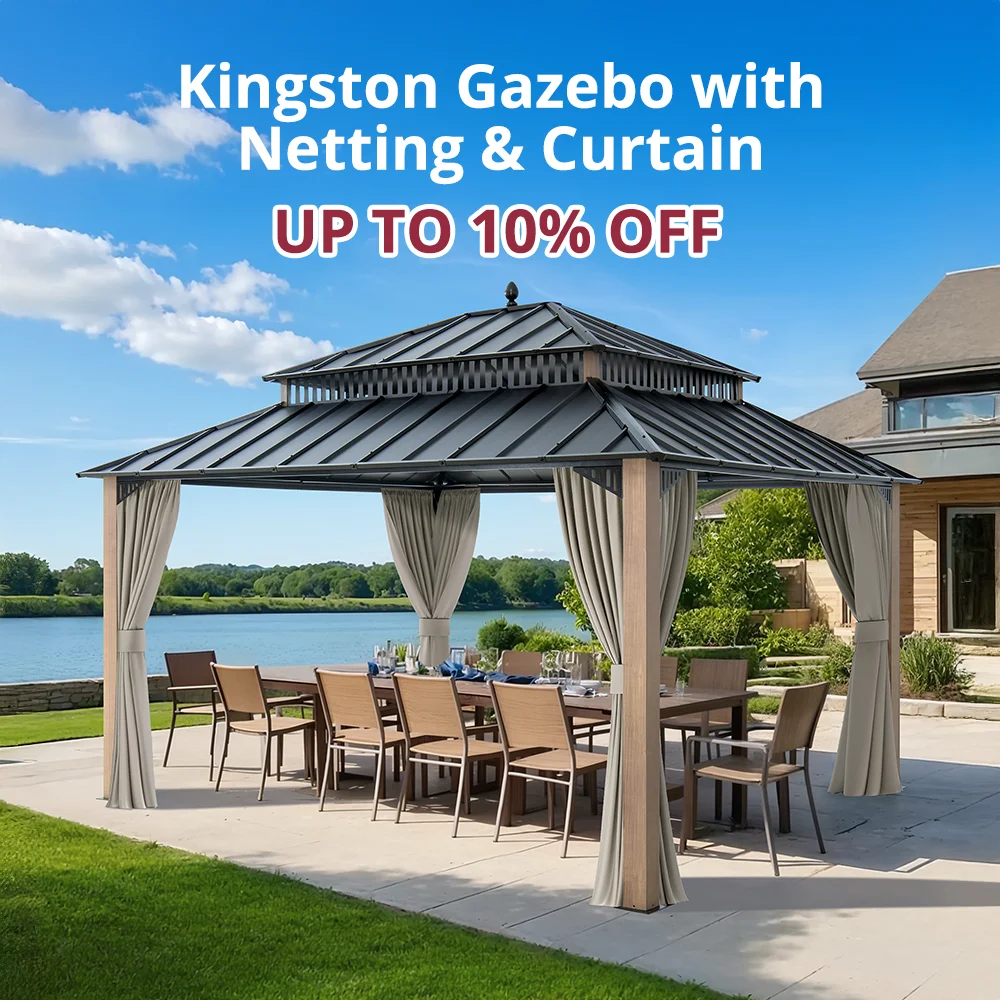
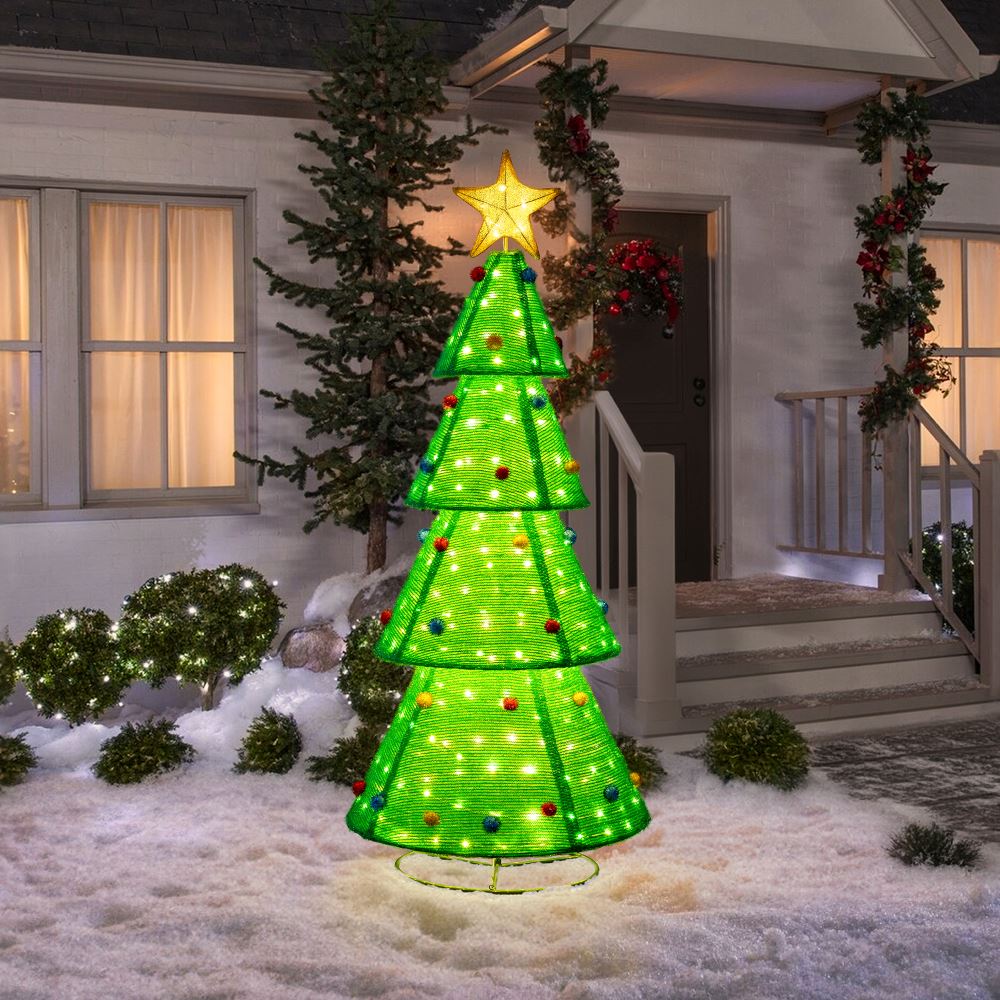
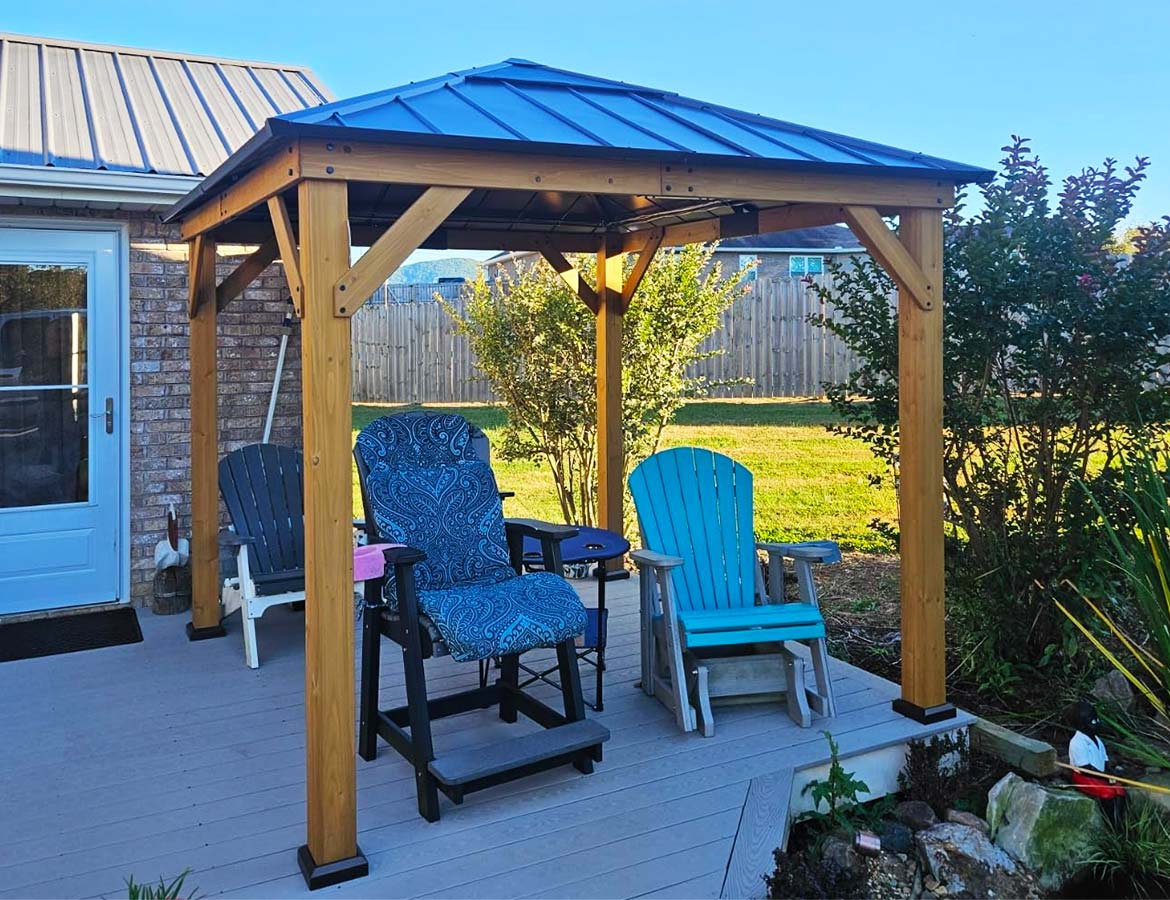
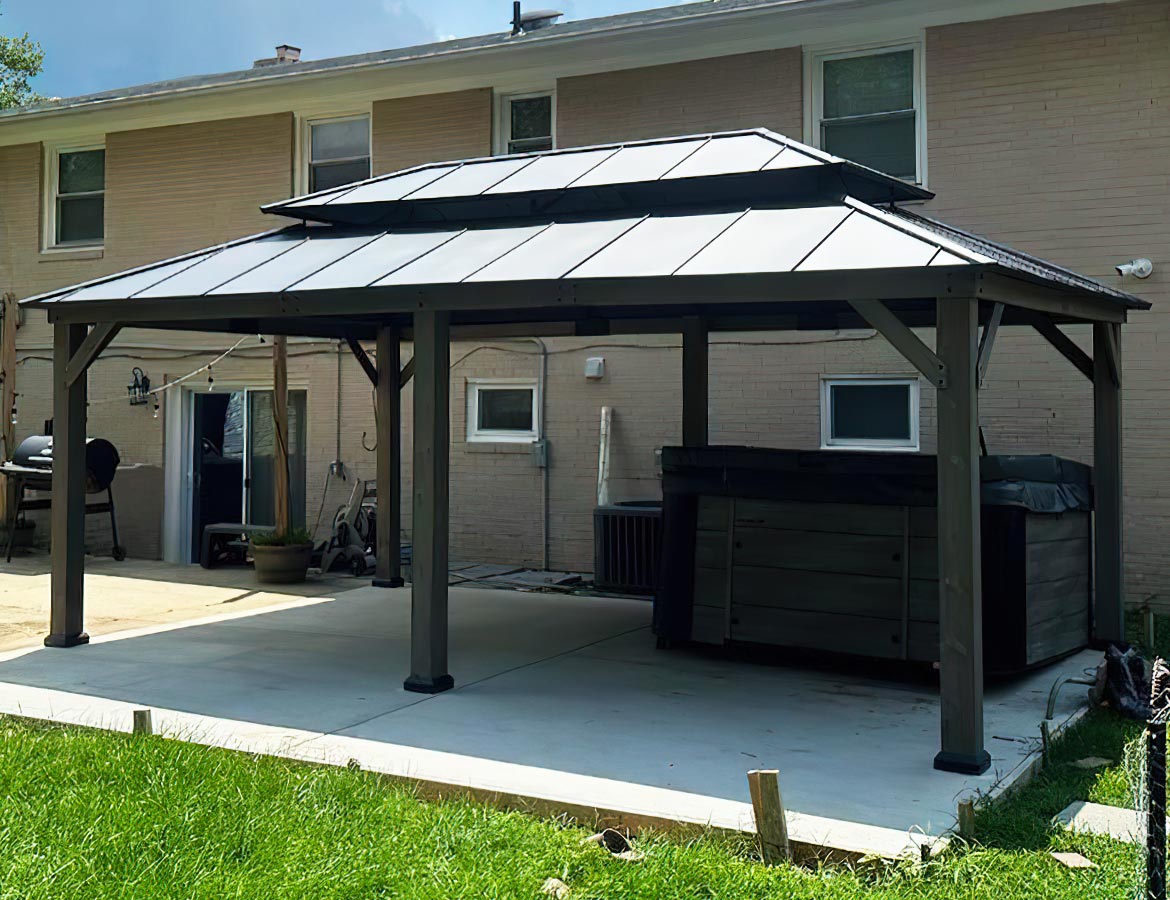
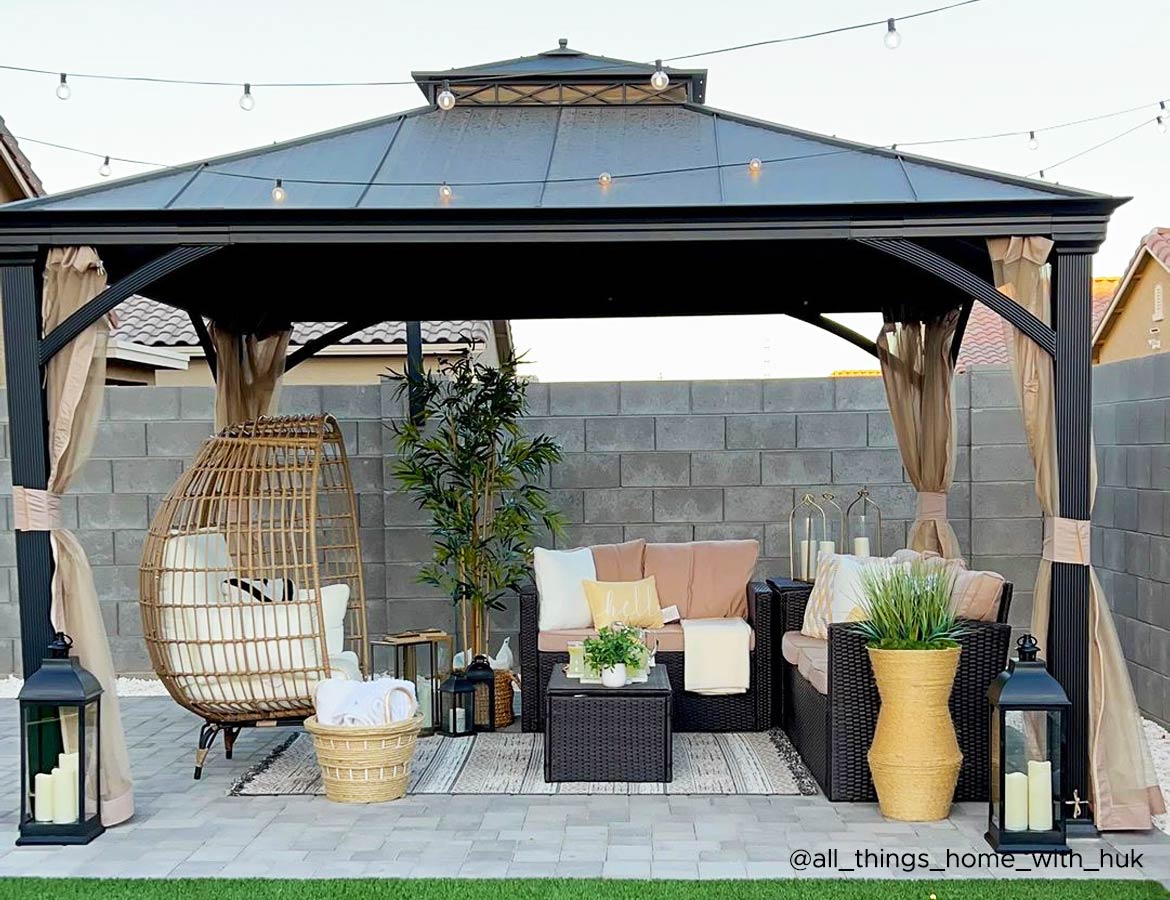
Leave a comment
All comments are moderated before being published.
This site is protected by hCaptcha and the hCaptcha Privacy Policy and Terms of Service apply.